Introduction
Creating a healthier bedroom environment is essential for better sleep and overall well-being. With rising concerns about allergies and sensitivities, it’s no surprise that many people are turning to allergy-proof bedding. By selecting the right materials and implementing a few interior design strategies, you can transform your bedroom into a sanctuary that supports your health and enhances comfort. Let’s explore how to create a bedroom that is not only cozy but also reduces allergens, keeping your interior space fresh and inviting.
Why Allergy-Proof Bedding Matters
Your bedroom is where you spend a third of your life, making it a critical part of your interior. Unfortunately, it’s also where dust mites, pet dander, and pollen like to gather, leading to potential allergy flare-ups. Choosing allergy-proof bedding helps reduce these irritants, allowing you to breathe easier and sleep more soundly. But it’s not just about preventing sneezing; allergy-proof bedding can significantly improve air quality and overall health.
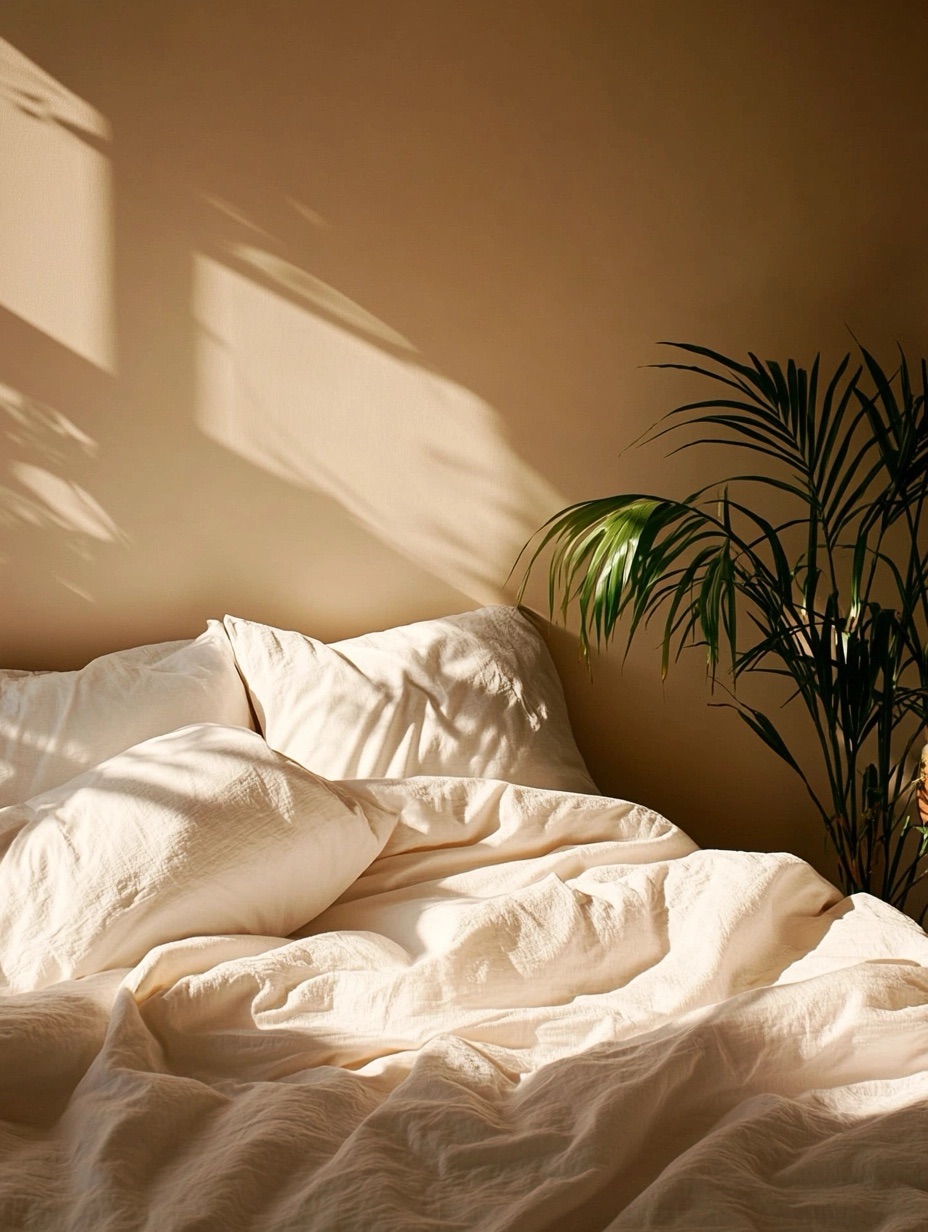
What Makes Bedding Allergy-Proof?
Not all bedding materials are created equal. To ensure your bedroom stays allergen-free, you need bedding that is specifically designed to block out dust mites and other common allergens. Here’s what to look for:
- Tightly woven fabrics: Fabrics like organic cotton with a high thread count create a barrier against dust mites.
- Hypoallergenic materials: Opt for synthetic materials like microfiber, which are less likely to harbor allergens.
- Chemical-free options: Some bedding includes chemical treatments to repel allergens, but it’s better to choose naturally hypoallergenic materials for a healthier interior.
These factors all contribute to a health-conscious interior where your bedding supports not only your comfort but also your well-being.
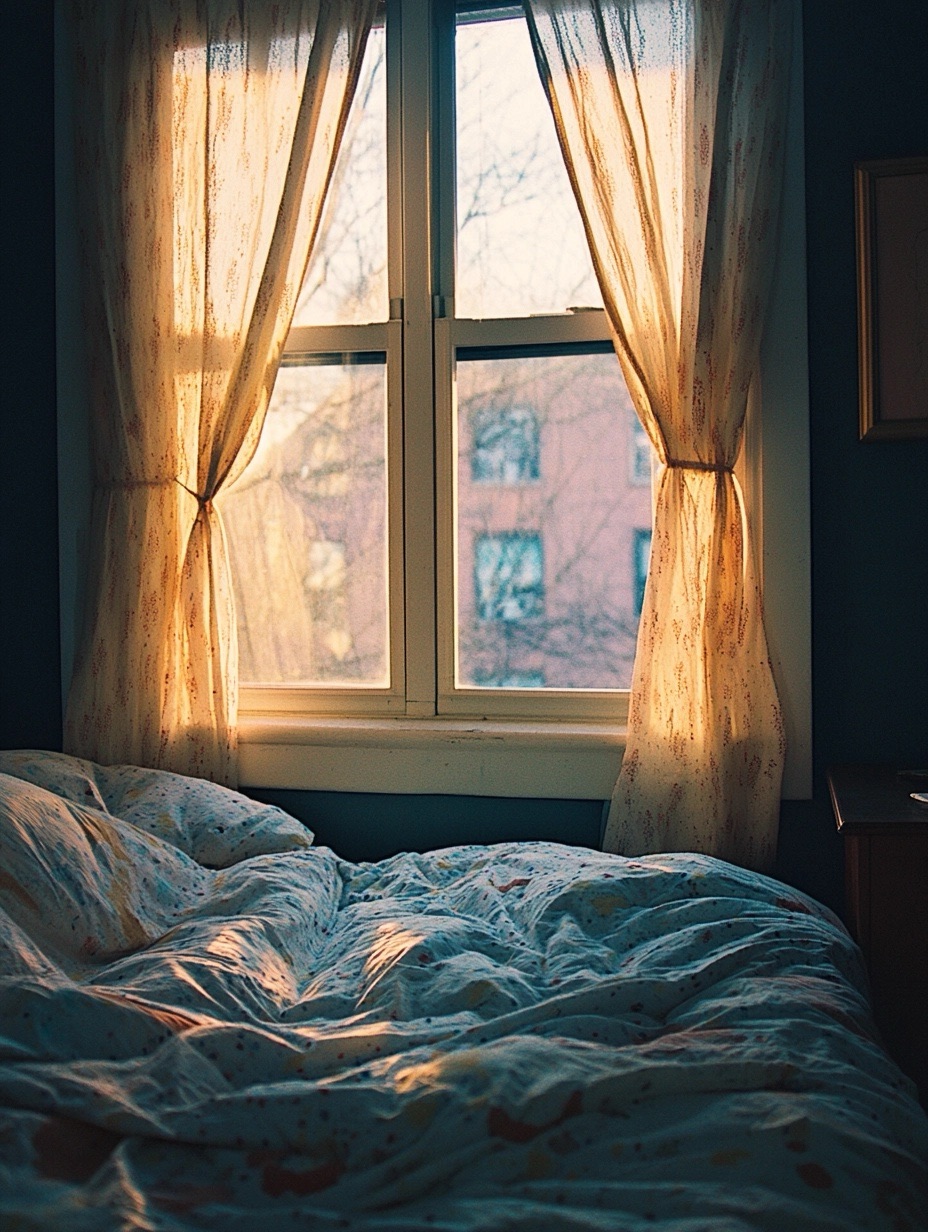
Best Materials for Allergy-Proof Bedding
When designing an allergy-free bedroom, material choice is key. Here are some of the best options for allergy-proof bedding:
Organic Cotton
Organic cotton is naturally hypoallergenic and breathable, making it a great choice for those with allergies. Its lack of harmful chemicals also makes it ideal for sensitive skin.
Bamboo
Bamboo bedding is becoming increasingly popular for its antibacterial properties and soft texture. It’s naturally resistant to dust mites and allergens, making it an eco-friendly and effective option.
Microfiber
Microfiber sheets are tightly woven, providing a strong barrier against allergens. They’re also easy to wash and maintain, ensuring your interior stays fresh.
Silk
Silk is another luxurious option that naturally resists dust mites. Its smooth surface also makes it harder for allergens to cling, creating a cleaner sleep environment.
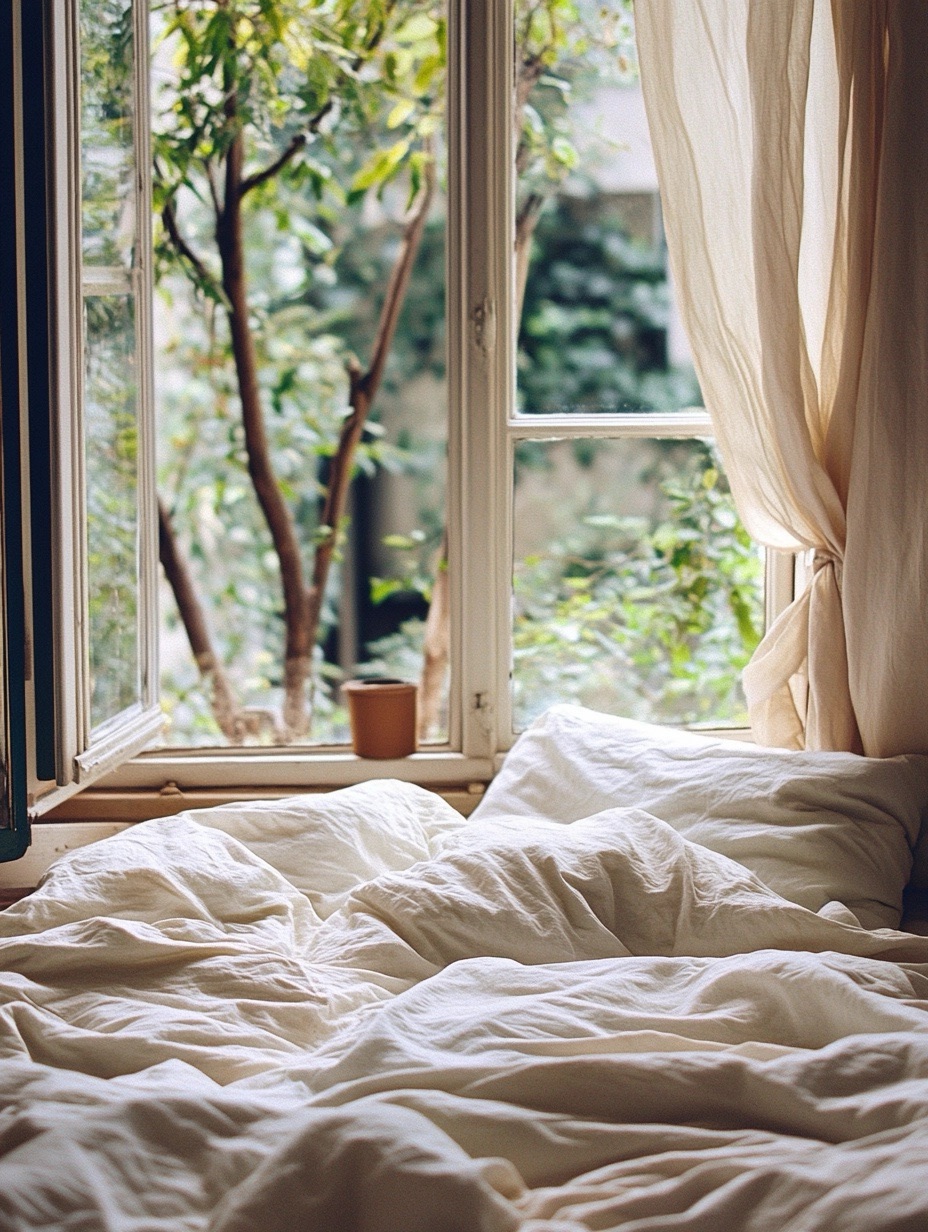
Interior Design Tips for an Allergy-Free Bedroom
Once you’ve chosen the right bedding, it’s time to enhance your bedroom’s interior to create a healthy, allergy-resistant space. Here are a few tips:
Choose Easy-to-Clean Flooring
Carpets can trap dust and allergens, so opt for hardwood or tile floors that are easy to clean. If you love the look of a rug, go for washable options that can be cleaned regularly.
Declutter Your Space
The more clutter you have, the more places allergens can hide. Simplify your interior by reducing unnecessary items, especially around your bed. This makes cleaning easier and prevents allergens from building up.
Use an Air Purifier
Air purifiers are a great addition to any bedroom, as they help filter out dust, pollen, and other airborne allergens. This keeps your air clean and improves the overall quality of your interior environment.
Regularly Wash Bedding
Even allergy-proof bedding needs to be maintained. Wash your sheets and pillowcases in hot water every week to kill dust mites and remove allergens.

How to Keep Your Allergy-Proof Bedding Clean
Maintaining clean bedding is essential for an allergen-free interior. Even with the best materials, regular upkeep is necessary to keep allergens at bay. Here are some tips:
- Wash sheets weekly in hot water to eliminate dust mites.
- Vacuum your mattress and pillows to remove trapped allergens.
- Use dust mite covers on pillows and mattresses for added protection.
- Dry your bedding thoroughly to prevent mold and mildew from forming, especially in humid environments.
These steps ensure that your bedroom remains a clean and healthy space where you can rest without worry.
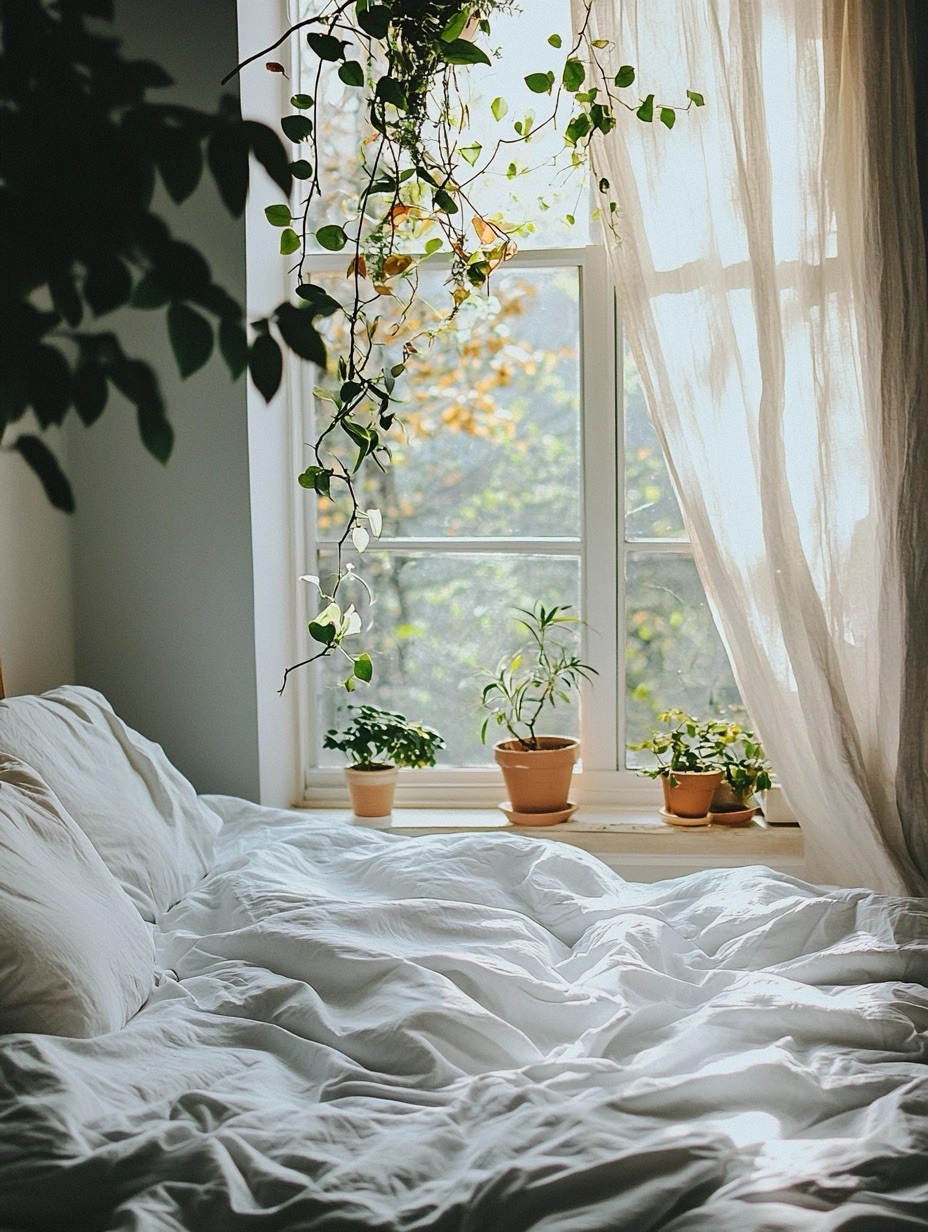
Choosing the Right Allergy-Proof Pillows
When it comes to pillows, the right choice can make a world of difference. Hypoallergenic pillows not only reduce allergen exposure but also offer great support for a restful night’s sleep. Here are some pillow materials to consider:
- Memory Foam: This dense material prevents dust mites from settling in, making it a great option for those with allergies.
- Latex: Naturally hypoallergenic and resistant to mold and mildew, latex pillows are perfect for creating a healthy interior.
- Feather-Free: Traditional feather pillows can trigger allergies. Opt for down alternatives made from synthetic materials for the same comfort without the allergens.
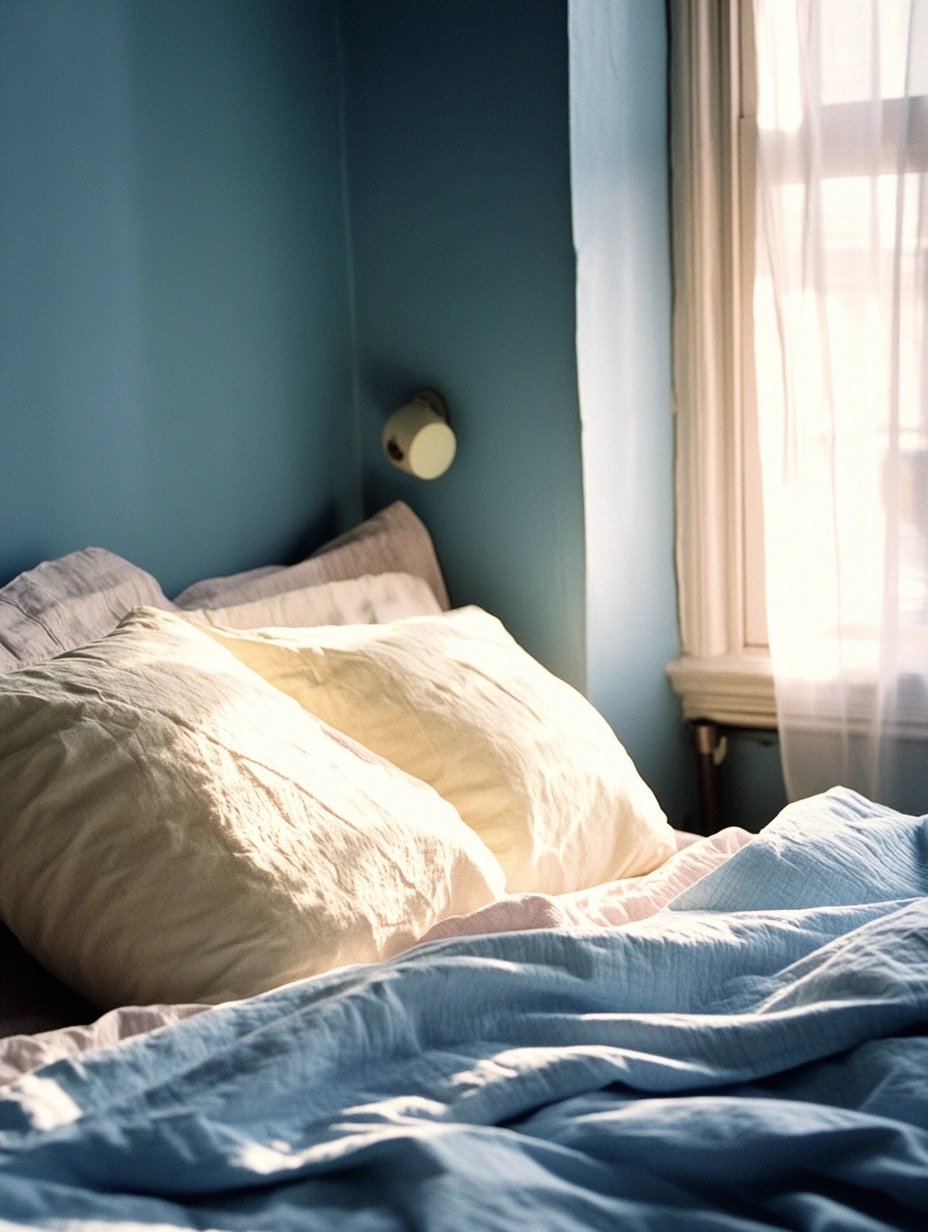
Mattress Considerations for an Allergy-Free Bedroom
The mattress is the foundation of your bed, and choosing one that supports an allergy-free environment is crucial. Look for mattresses that are made with natural latex or memory foam, both of which are resistant to dust mites and mold. Adding a dust mite-proof cover to your mattress also ensures allergens don’t stand a chance in your bedroom interior.
Maintaining a Clean Interior for Long-Term Health
Beyond bedding, maintaining a clean and allergen-free bedroom involves regular cleaning and mindful choices. Incorporating these habits can ensure your bedroom remains a healthy and welcoming space for years to come.
Vacuum Frequently
Vacuuming with a HEPA filter ensures that dust and other allergens don’t linger in your bedroom. Pay special attention to areas around your bed and any upholstered furniture.

Use Hypoallergenic Curtains
Like carpets, curtains can trap allergens. Opt for hypoallergenic, washable curtains or blinds to keep dust at bay.
Minimize Pet Access
While we all love our pets, they can bring allergens into the bedroom. Try to keep them off your bed, or use pet-friendly hypoallergenic bedding if they share your sleep space.
Conclusion
Creating a healthier bedroom starts with choosing the right allergy-proof bedding and enhancing your interior design to support a clean, allergen-free environment. By selecting the best materials and keeping up with regular cleaning habits, you can transform your bedroom into a comfortable and health-conscious retreat. Whether it’s organic cotton sheets, bamboo pillowcases, or a memory foam mattress, the right choices will help you breathe easier and sleep better every night.

FAQs
What makes bedding “allergy-proof”?
Allergy-proof bedding typically uses tightly woven fabrics and hypoallergenic materials that block out dust mites and other allergens, reducing the risk of allergic reactions.
Is bamboo bedding good for allergies?
Yes, bamboo is naturally resistant to allergens and has antibacterial properties, making it an excellent choice for allergy sufferers.
How often should I wash allergy-proof bedding?
It’s recommended to wash your bedding at least once a week in hot water to eliminate dust mites and allergens.
Can I use a regular mattress with allergy-proof bedding?
While you can use regular mattresses, adding a dust mite-proof cover and choosing hypoallergenic bedding can enhance your protection against allergens.
Are silk sheets good for allergies?
Yes, silk sheets are hypoallergenic and have a smooth surface that makes it difficult for dust mites and allergens to cling to.
How do I maintain a healthy interior in my bedroom?
Regularly clean your floors, wash bedding, and use an air purifier to reduce allergens. Choosing hypoallergenic materials for both bedding and decor helps maintain a healthy space.
Leave a Reply